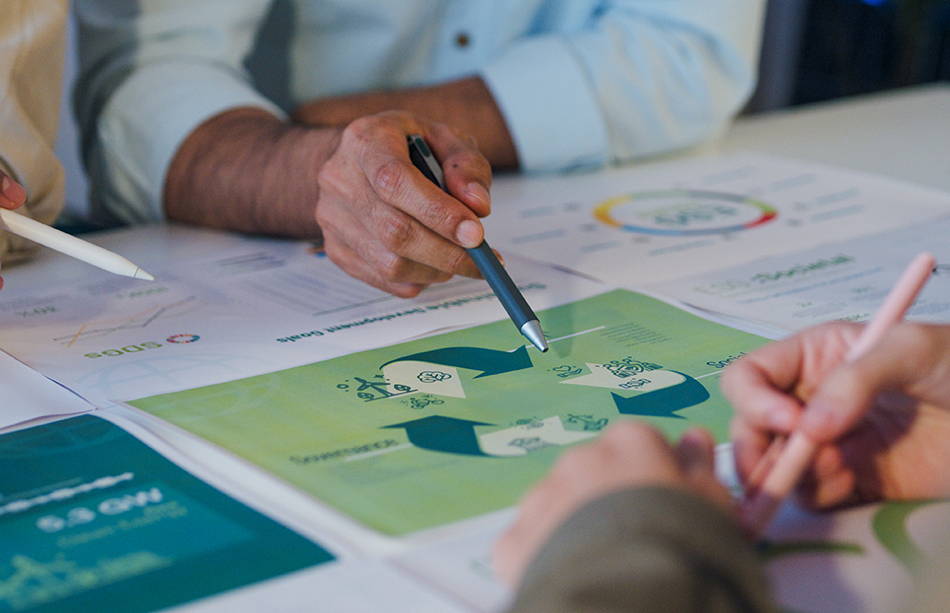Take control of your company's carbon footprint
Meeting today’s energy demands while reducing emissions is no longer a choice, but a business imperative that serves the environment and your company’s competitive edge. GlobalGLO™ is a suite of ready-to-implement fuel products that make it easy to do just that. Contact us today to better understand opportunities and challenges.
These diverse offerings give you the ability to adapt to regulatory changes, market conditions, and customer preferences – putting the power in your hands to be an energy leader.
Tailored solutions
Our GlobalGLO Low Carbon Solutions™ can be customized to match your unique goals, offering powerful flexibility in managing your company's carbon footprint. Whether you have specific sustainability goals in mind or need help responding to evolving environmental regulations, GlobalGLO™ provides the choices you need to create a tailored pathway to success.
Strengthening supply & meeting demand
Developing a sustainable supply chain is vital to meet the growing demand for low-carbon intensity fuels. GlobalGLO™ helps secure your position as a leader in a market that increasingly values environmental responsibility – and a regulatory landscape that demands it.
Sustaining your bottom line
Designed for efficiency, our unique combination of off-the-shelf fuel products and voluntary carbon offset solutions allow you to effectively manage your company’s carbon footprint while never losing sight of its bottom line. Fully scalable to any sustainability plan and business strategy, GlobalGLO™ makes it easy to fuel the future.
Our fuels & solutions
Join us in fueling the future
Contact us today to learn more about our GlobalGLO™ offerings and how they can empower you to be an energy leader.
